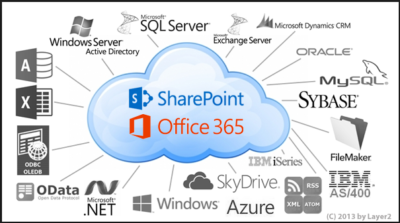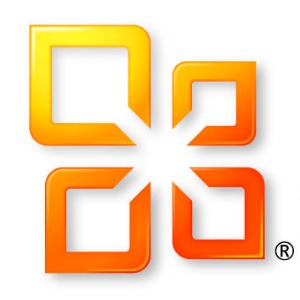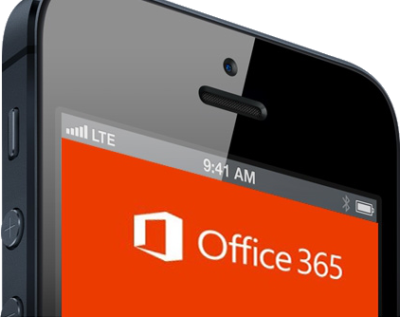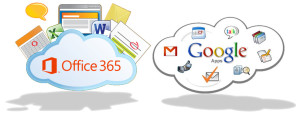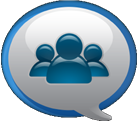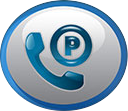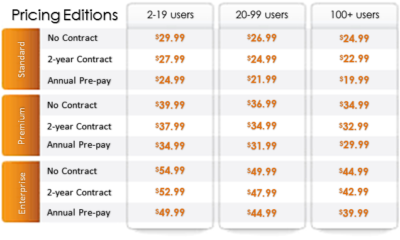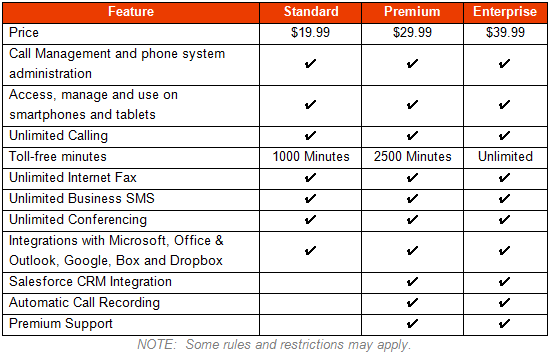Th new tweaks include 13 new themes, Clutter and search U
Microsoft has announced a new-look Outlook.comas it prepares to move the service to its Office 365 productivity suite.
Microsoft is taking personalisation seriously in this update, adding 13 new themes for the email application and learning what you want to see and what you don’t.
“Your inbox is part of your daily routine. It’s where you keep in touch with family and friends, check the shipping status of packages and find deals from your favourite companies. These new inbox features are aimed at creating a richer and more engaging inbox, while maintaining the same look and feel you love,” the company said in a blog post.
This first new feature is called Clutter and it will sort your inbox into the emails you normally ignore (the clutter) and those you want to read, which it will surface in the main inbox. Any emails it thinks are clutter will be moved into a separate folder. You can move emails you want to see out of the clutter and in time, the machine will get to know exactly what should be in each mailbox.
Search has also been boosted in the latest iteration of Outlook. If you start searching for a particular email, the application will highlight emails from the people you email most often when searching for content. Refiners helps you filter out the irrelevant content by allowing you to search based on sender, folder, date, and attachments.
For those who are sent lots of videos or richer content, Microsoft has implemented a link preview function that will show a snippet of the link’s content when yu open the email. If you send a lot of images, you can now just copy and paste these directly into the body of an email.
Messages can be popped out in a new windows, to make it easy for you to compose more than one email at once and add-ins allow you to see information while you’re writing an email so you don’t have to keep switching whole apps.
You can also now pin the most important of your emails to the top of your inbox so they’re always there when you need them and flags mean you can mark messages for following up later.
Microsoft also announced the ability to switch between email and Skype easily if you want to take a conversation into IM mode and better sharing with OneDrive.
The Outlook update has been rolled out to select users as a preview already, but made available to others in the coming weeks, the company said.
Have Questions?
Contact Microsoft’s Cloud Solution Partner now!
Call 856-745-9990 or visit: http://southjerseytechies.net/


